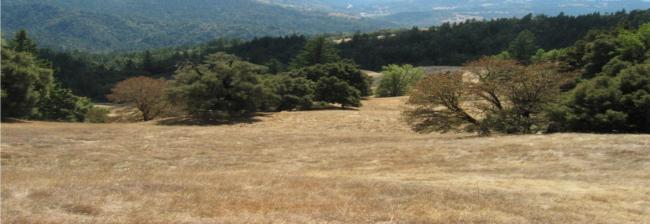Pasture and Rangeland

Humboldt County has some of the most productive pastures and rangeland in the United States due to our temperate, climate, fertile soils, and abundant rainfall. Pasture production can be improved by using improved varieties of grass and clover and by fertilizing. It is important to control weeds to get maximum production from the pastures.
Fly Ash
Fly ash is a by product of wood cogeneration plants. Fly ash is the material that is washed down from the inside of the smoke stacks at the power plants. In the past it was taken to landfills for disposal. Fly ash contains small amounts of nutrients that can be utilized by growing plants. In recent years it has been taken to farms and ranches where it is either top dressed on pasture (spread over the top) or incorporated (plowed into the soil). It can act as a liming agent when the soil is acid. Fly ash ncorporated into the soil makes it easier to farm the next time the field is tilled. Lime mud is another by product from the manufacturing of paper. It has gone to the landfill, but it is now being looked at as a soil liming material. Lime mud has a calcium carbonate equivalent of 92%.
For more information on the use of wood ash in California agriculture, please take a look at the
UCANR Wood Ash publication
.
Pasture Fertility
The Pasture Fertility research project is a result of communication with the Humboldt County Resource Conservation District and a local dairy ranch.
This study examines varying levels of manure application and focus on the optimum amount of manure to apply to pastures in order to benefit the pasture quality, quantity, and nutrients available in the soil.
